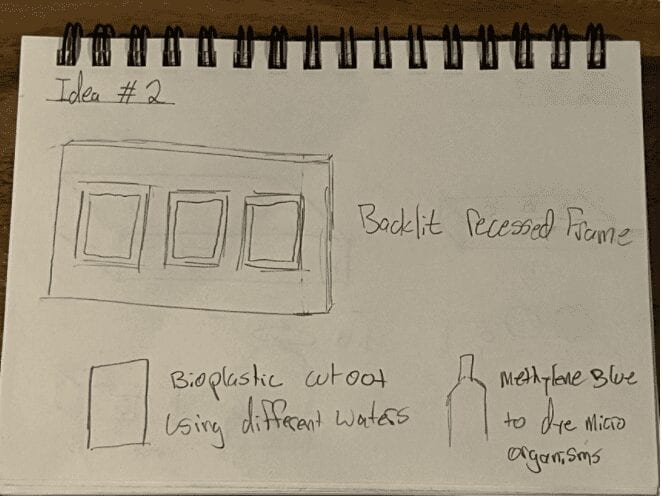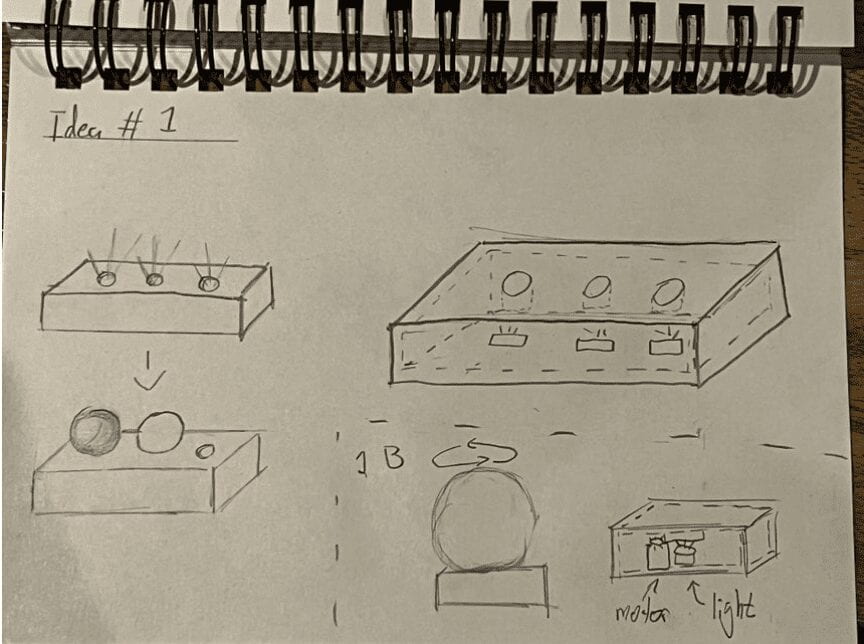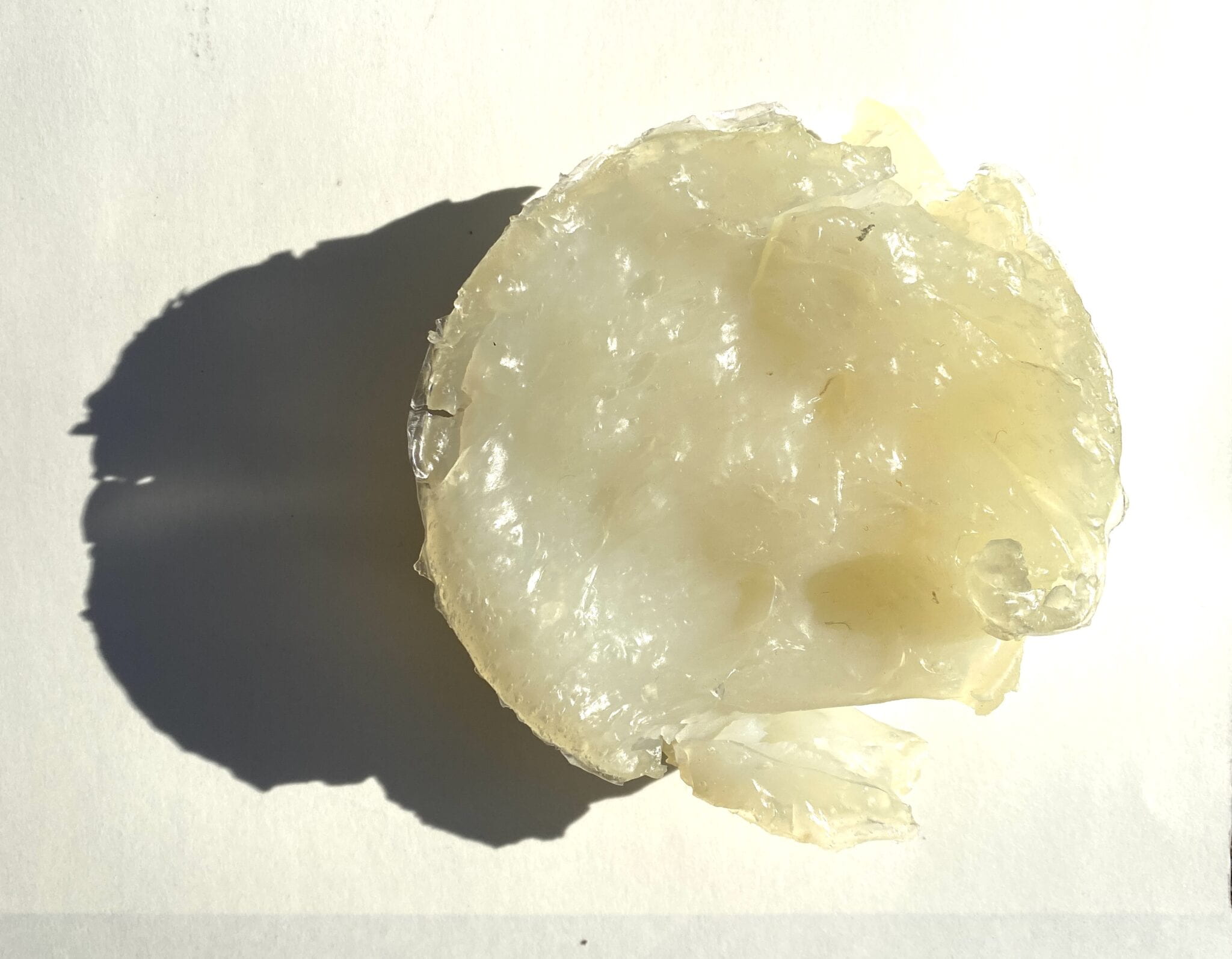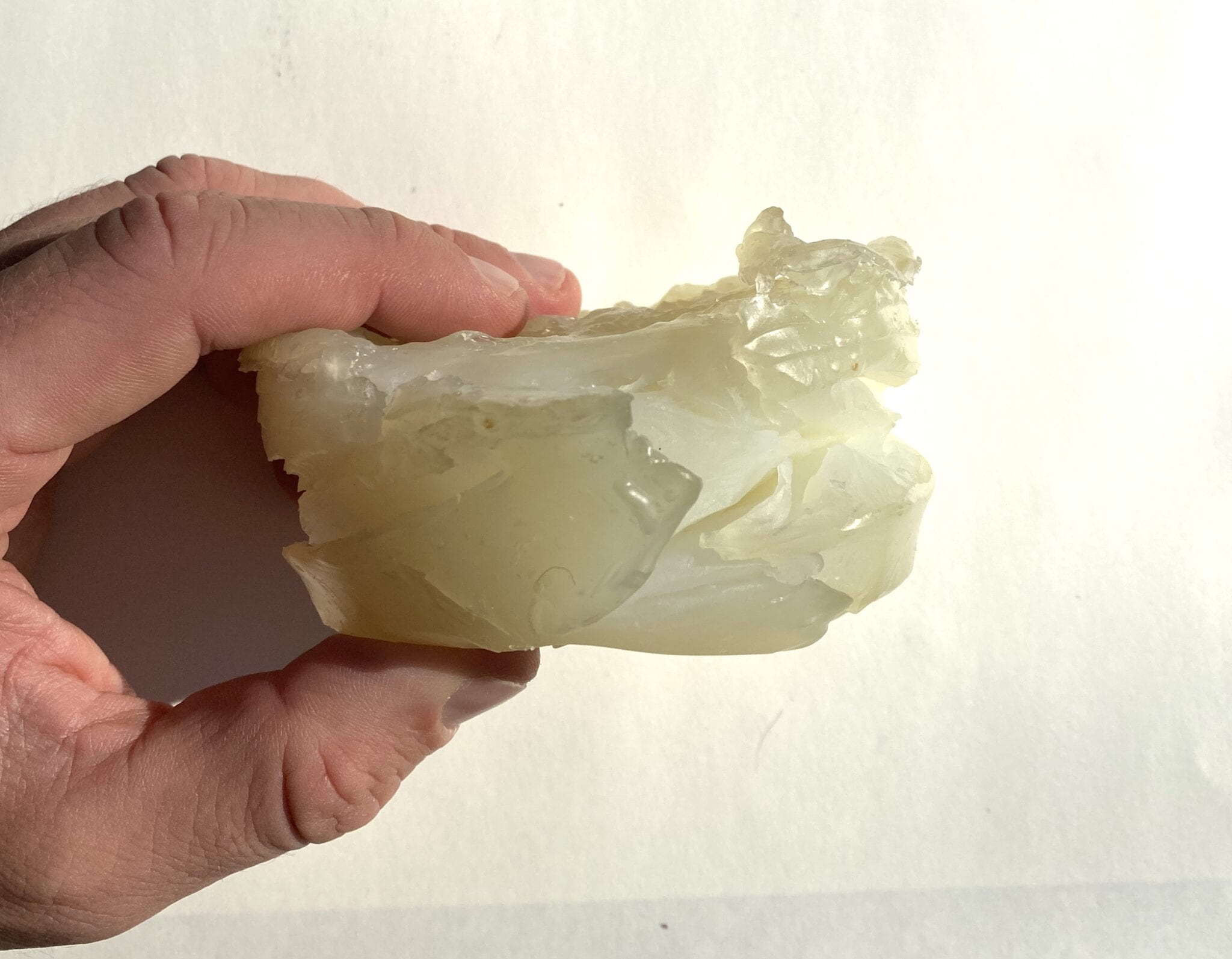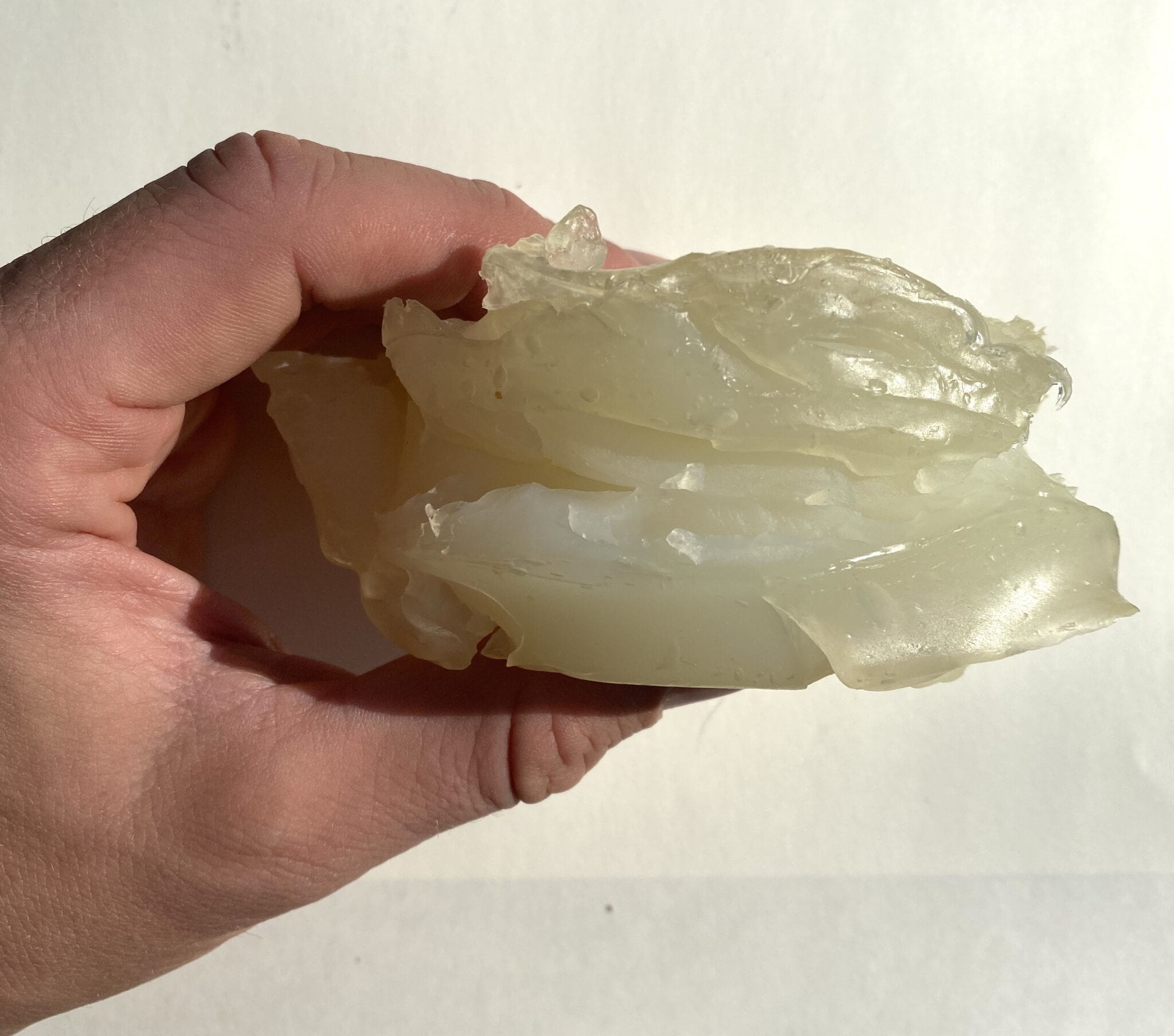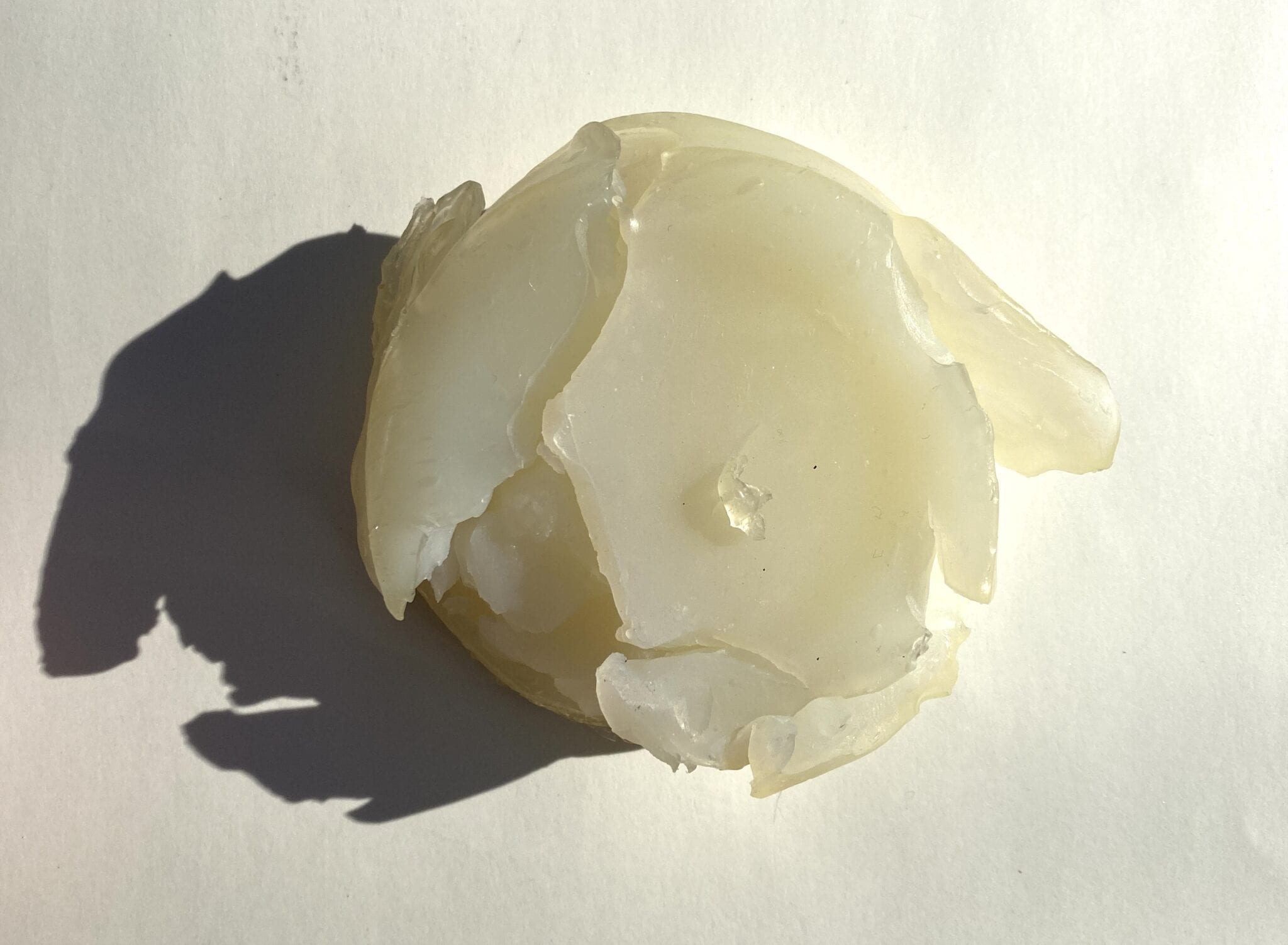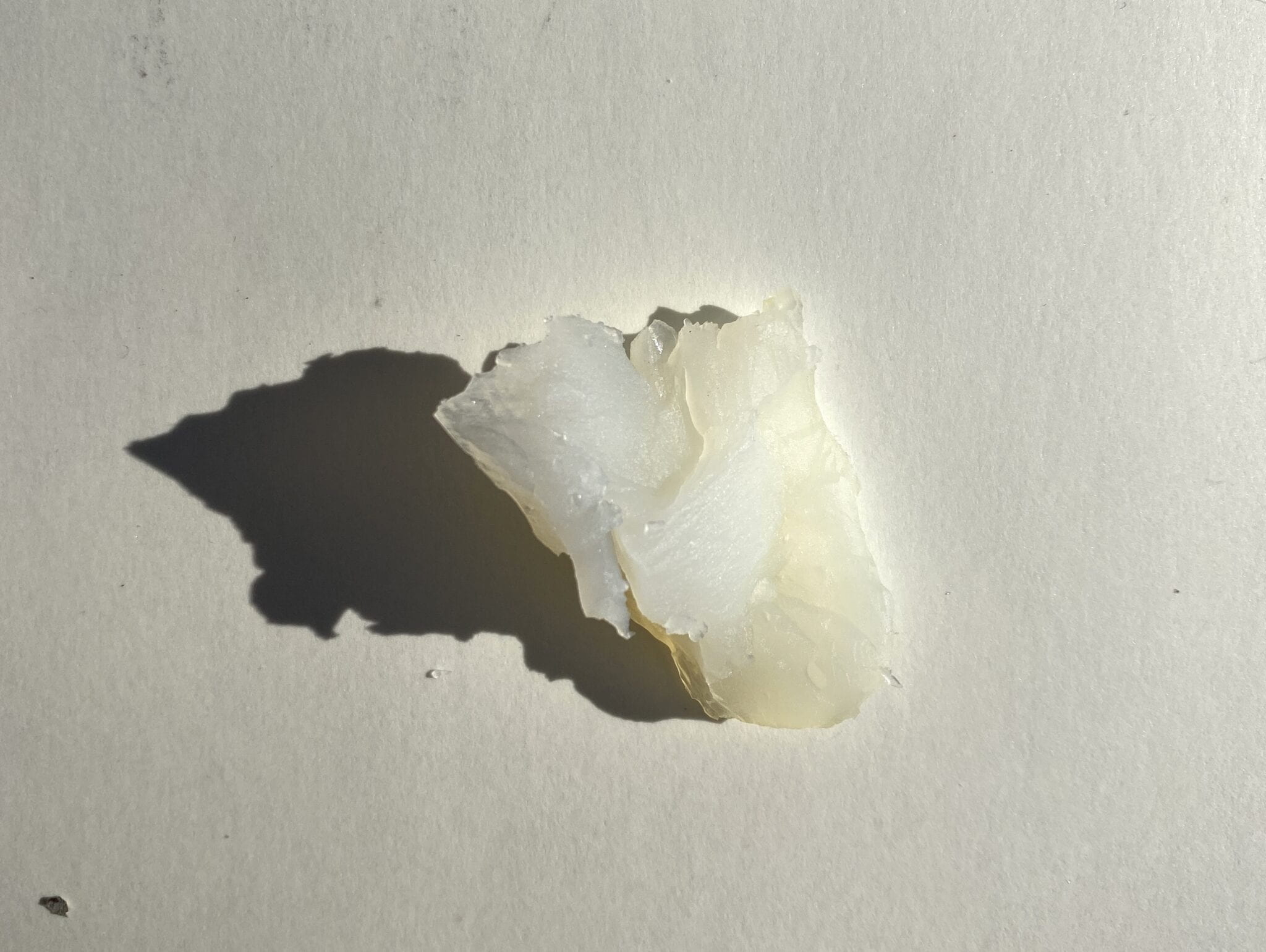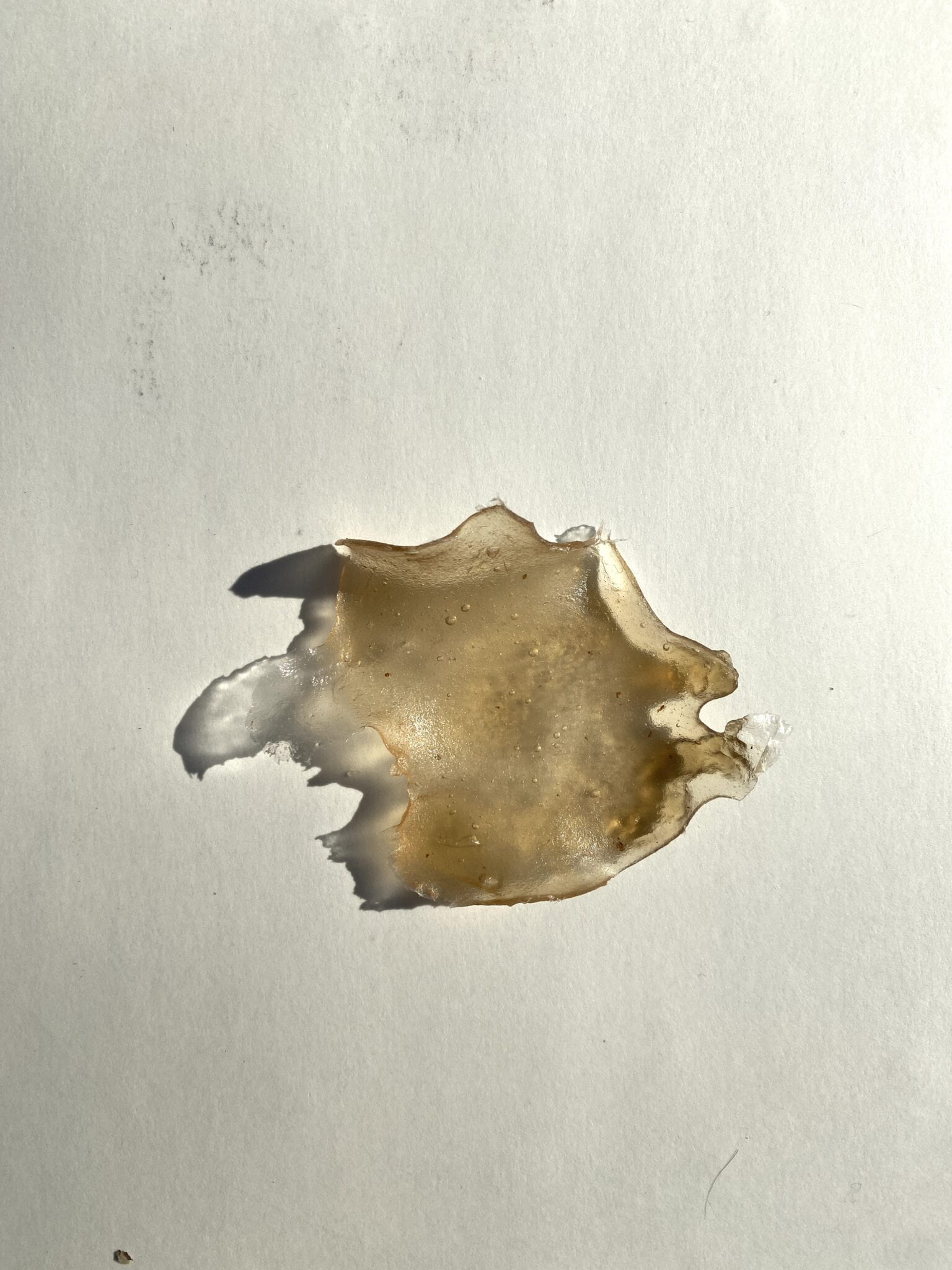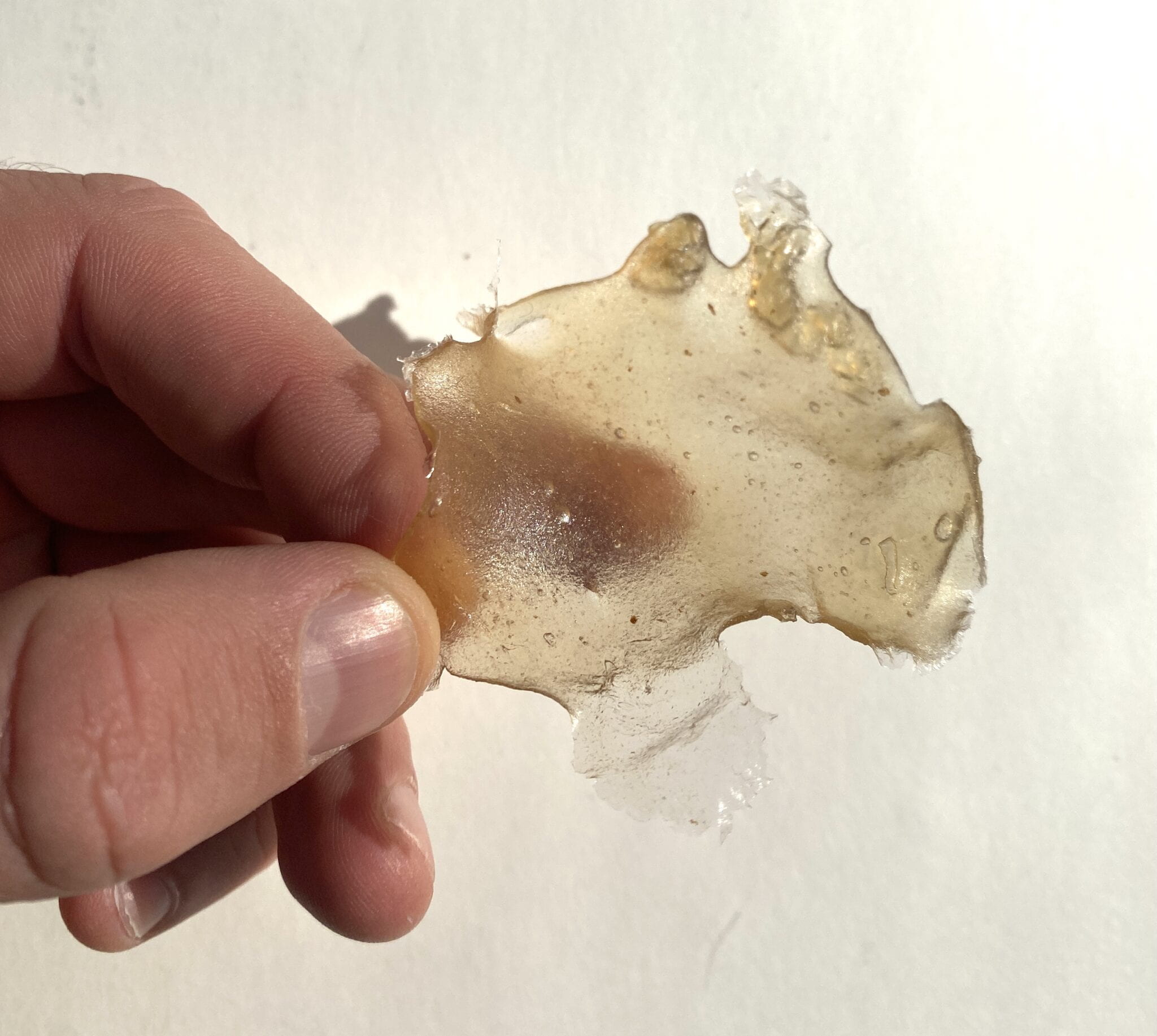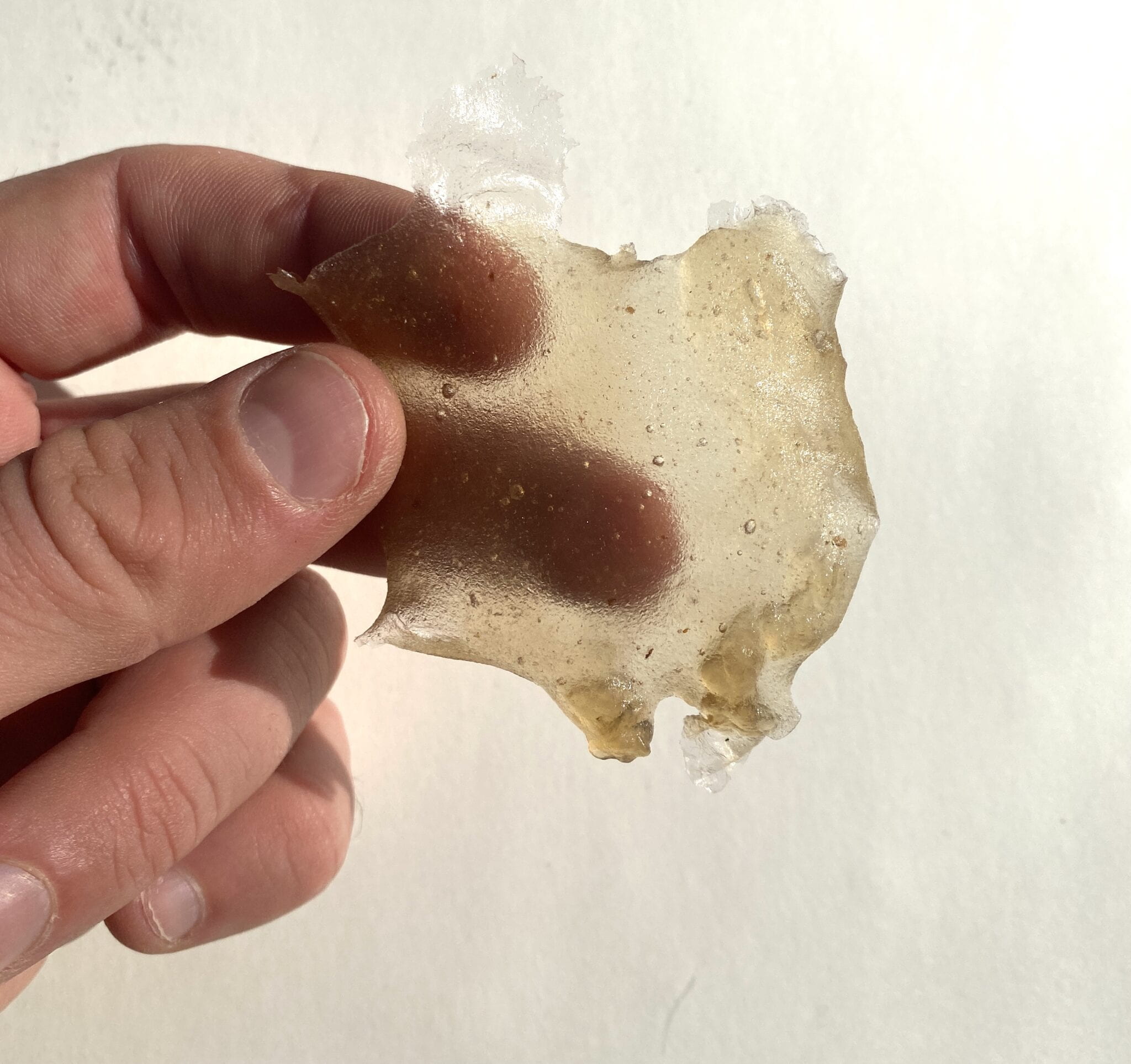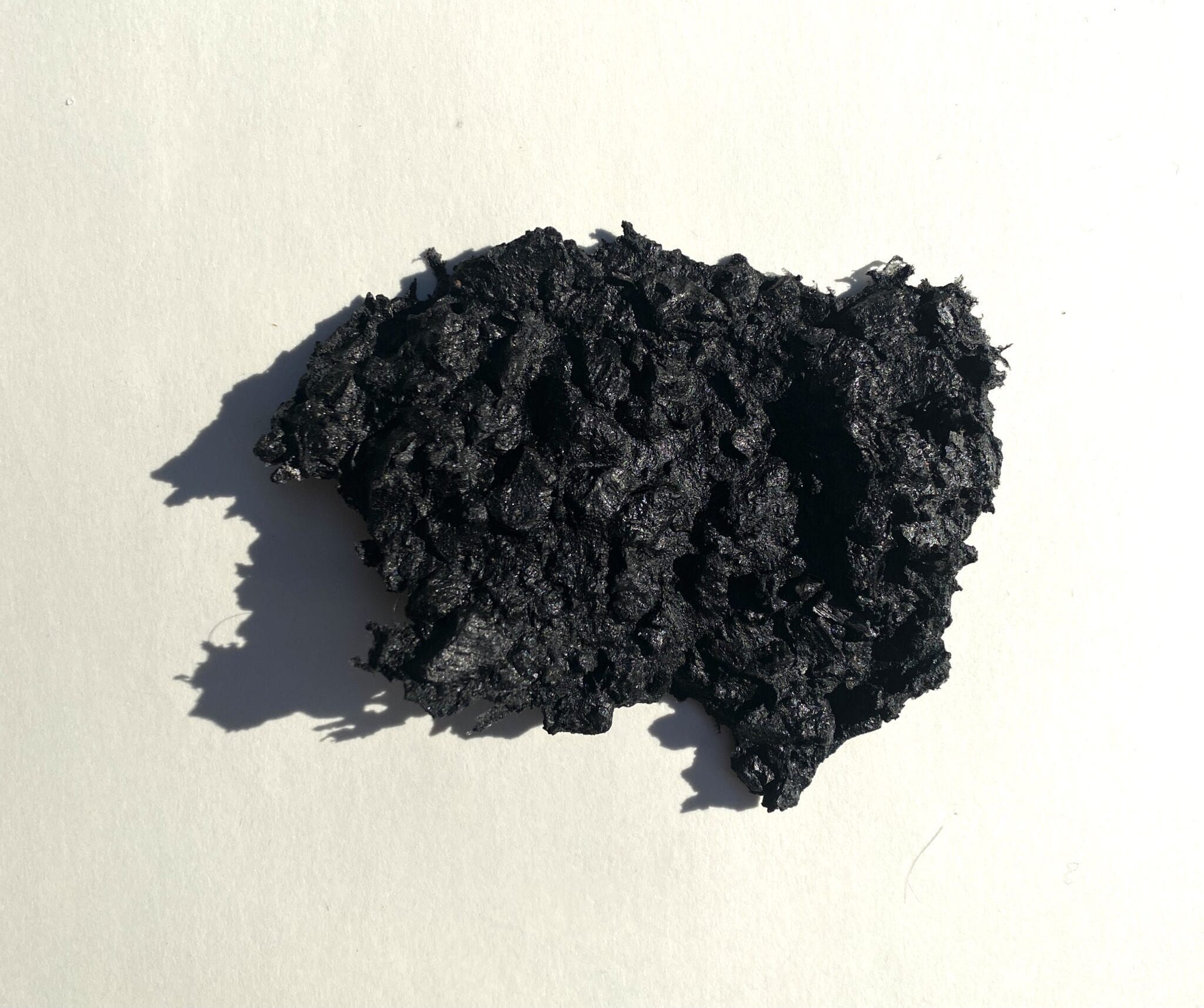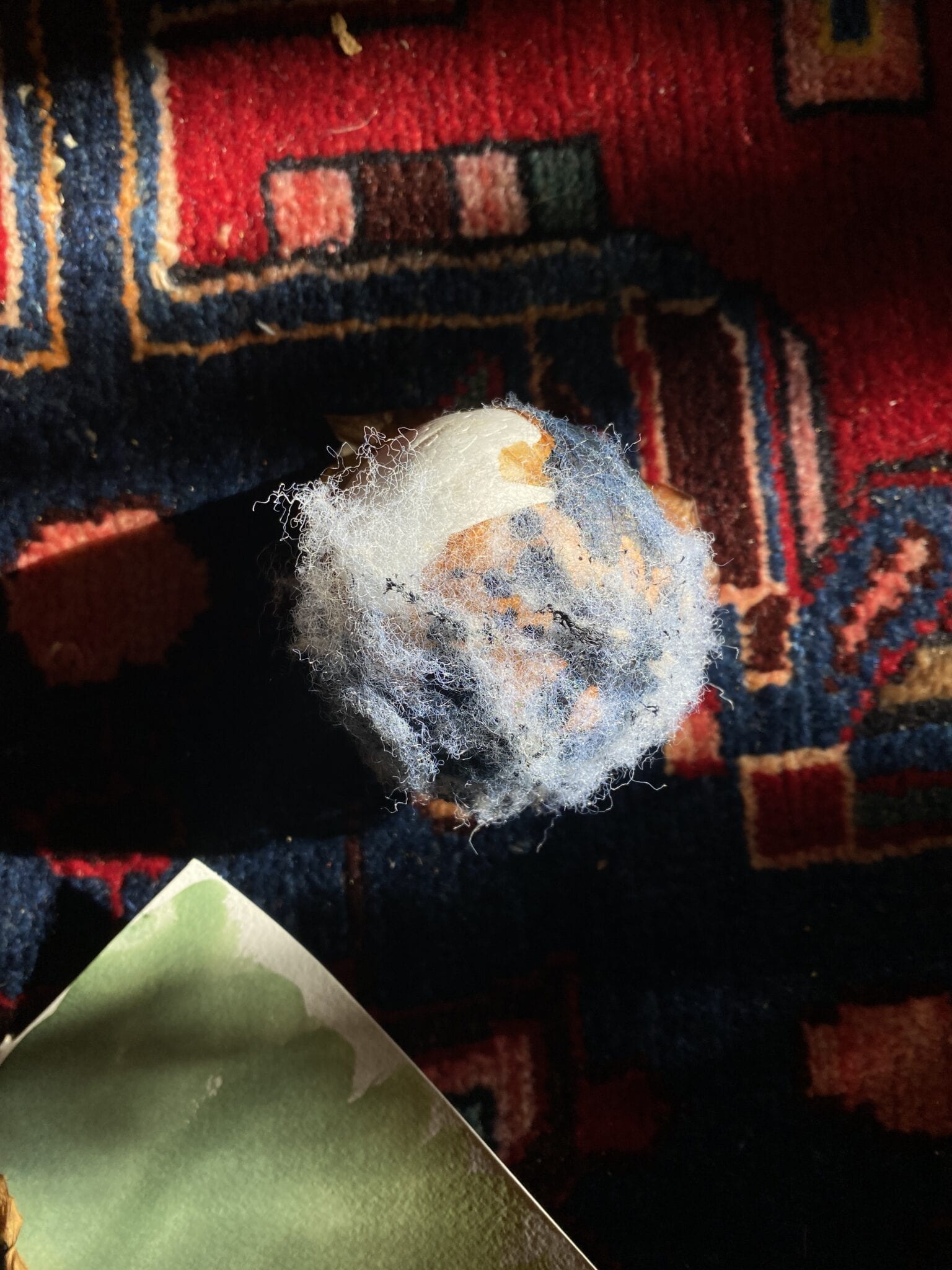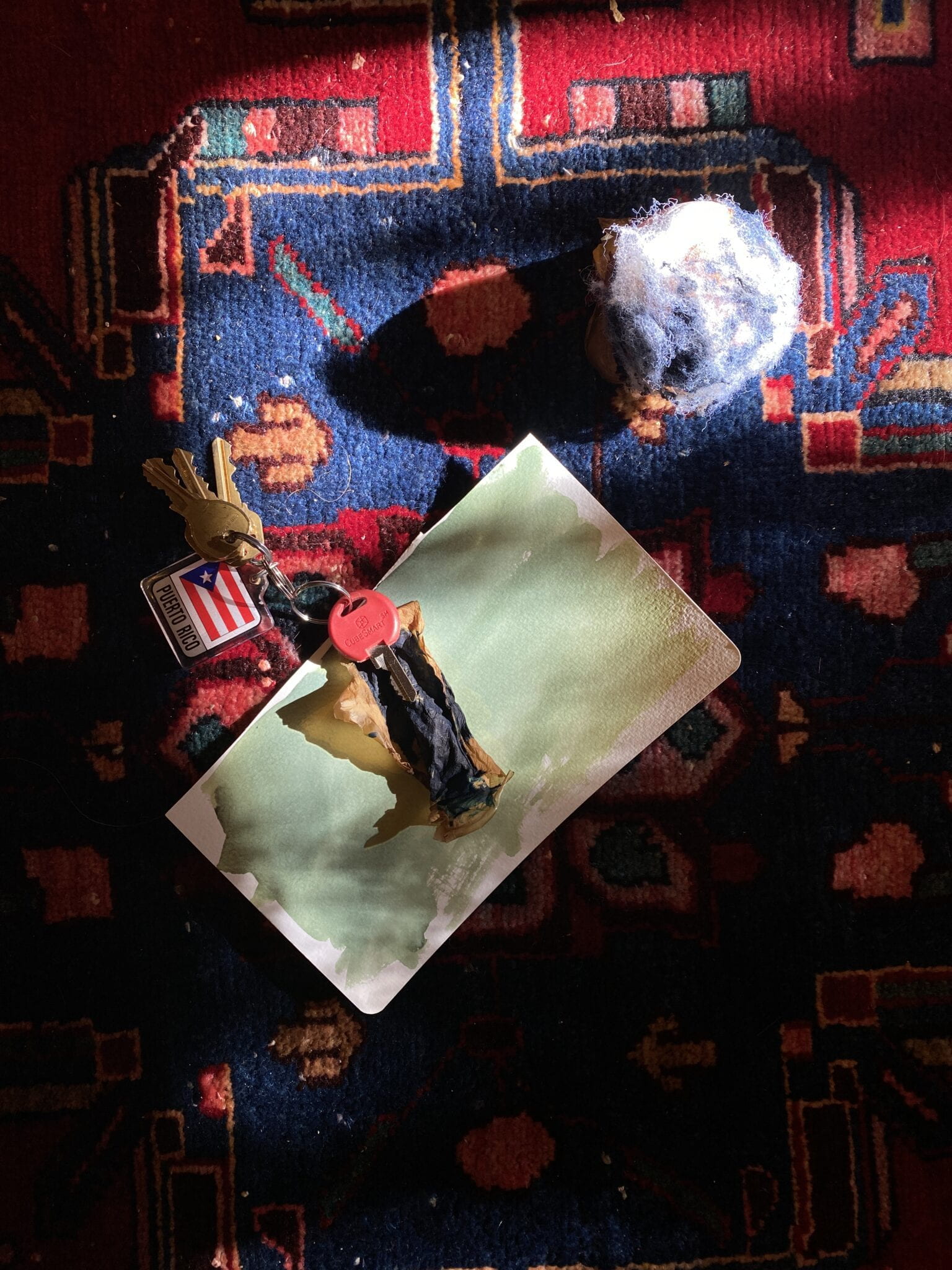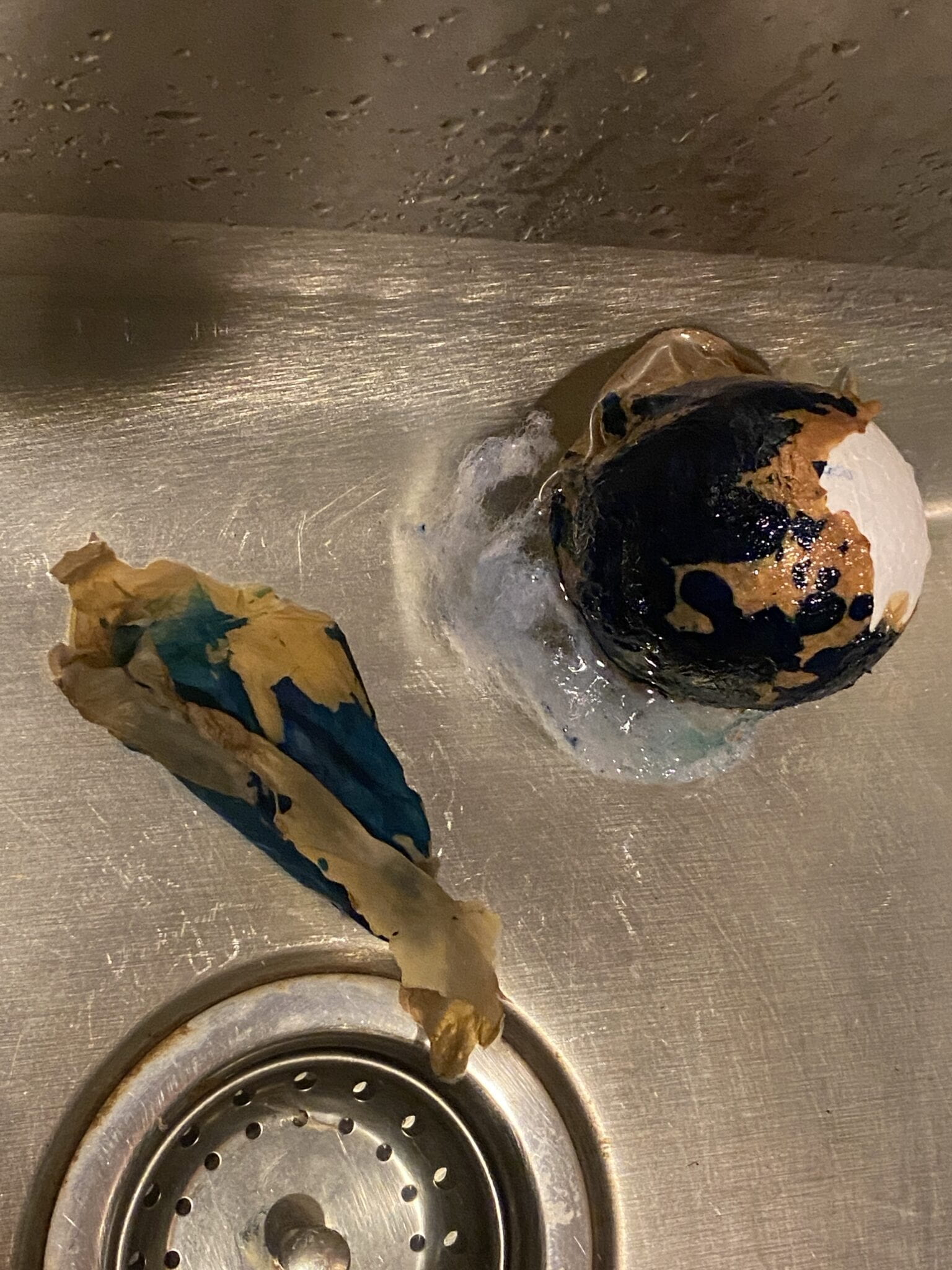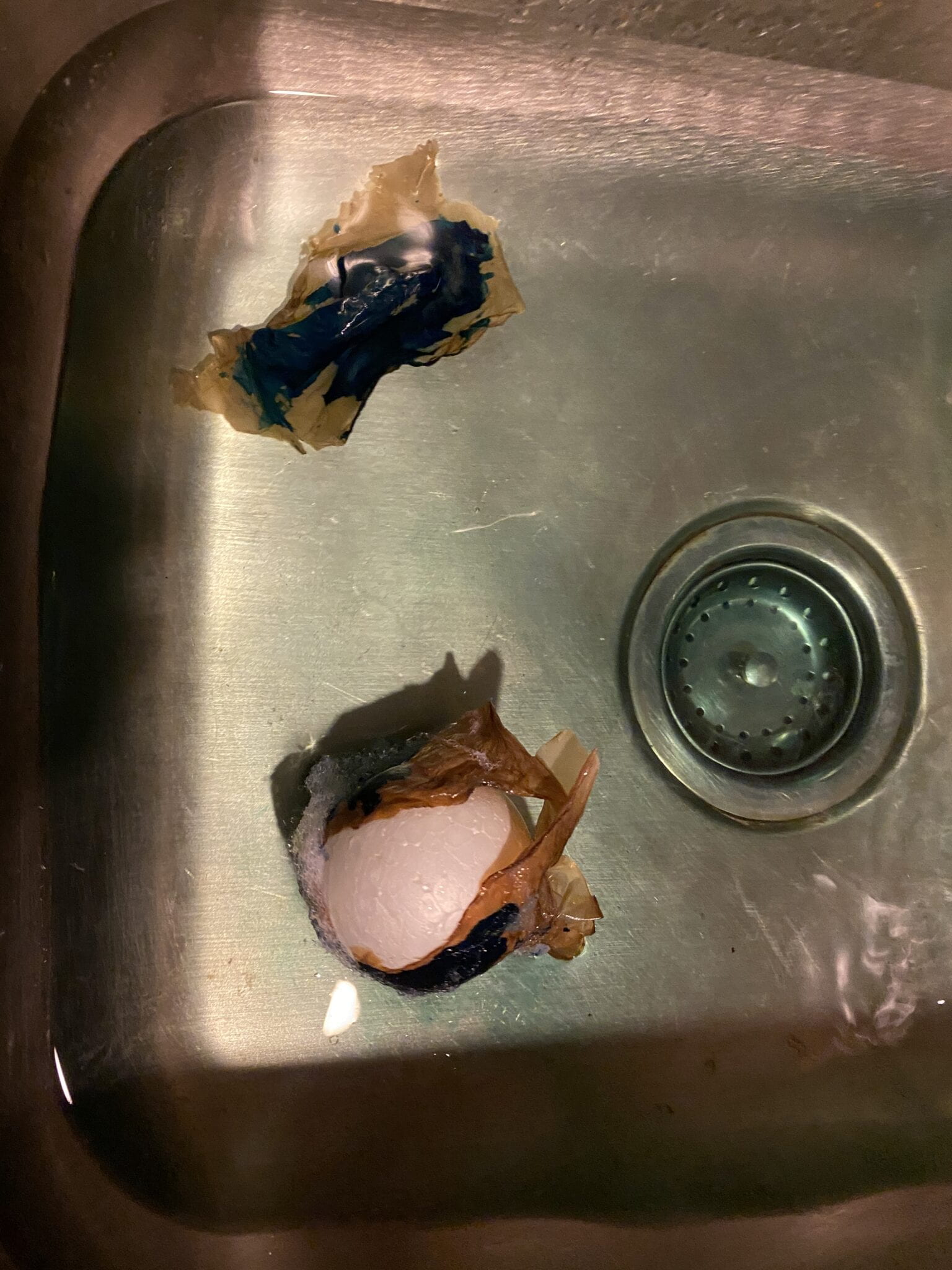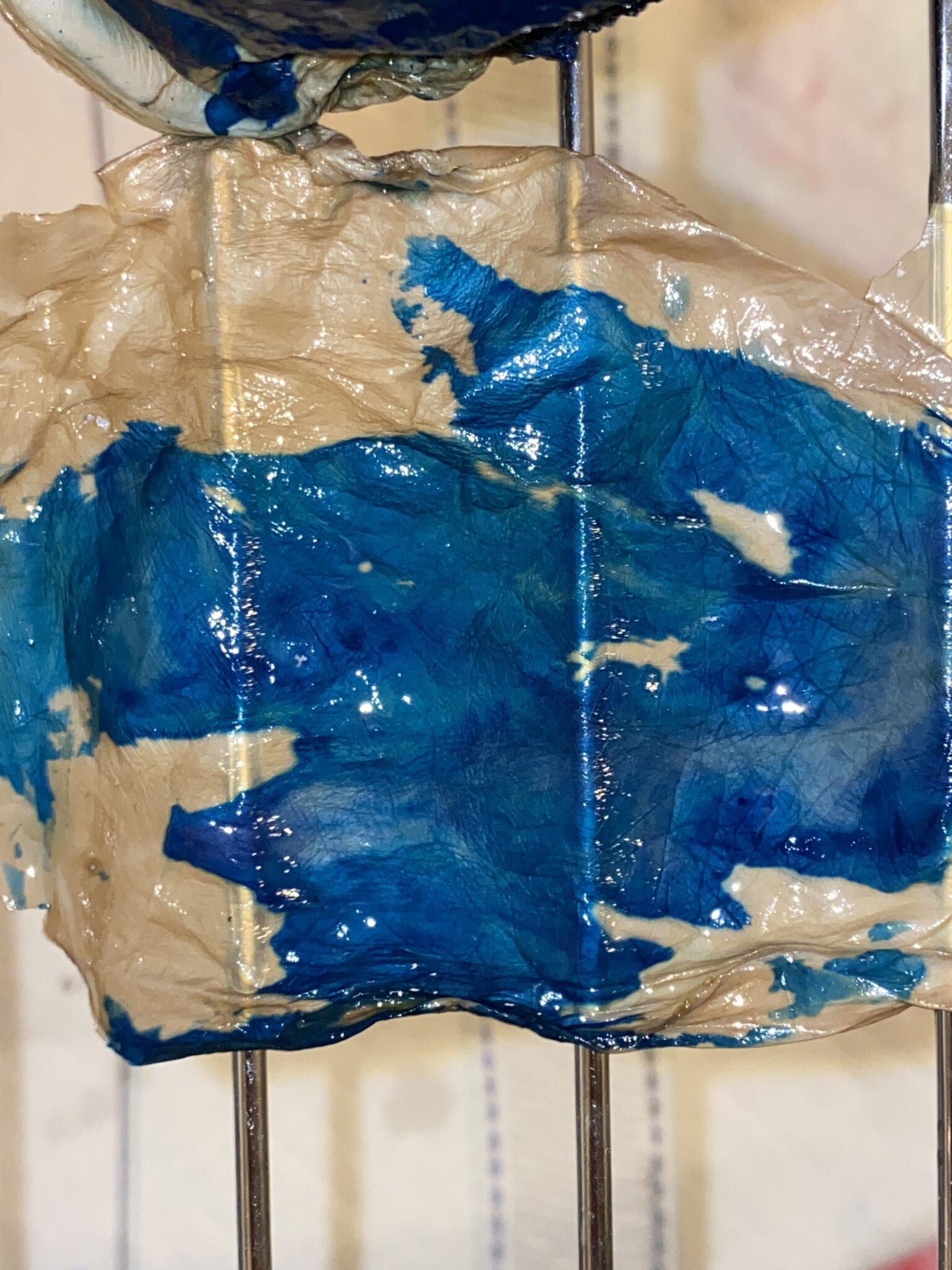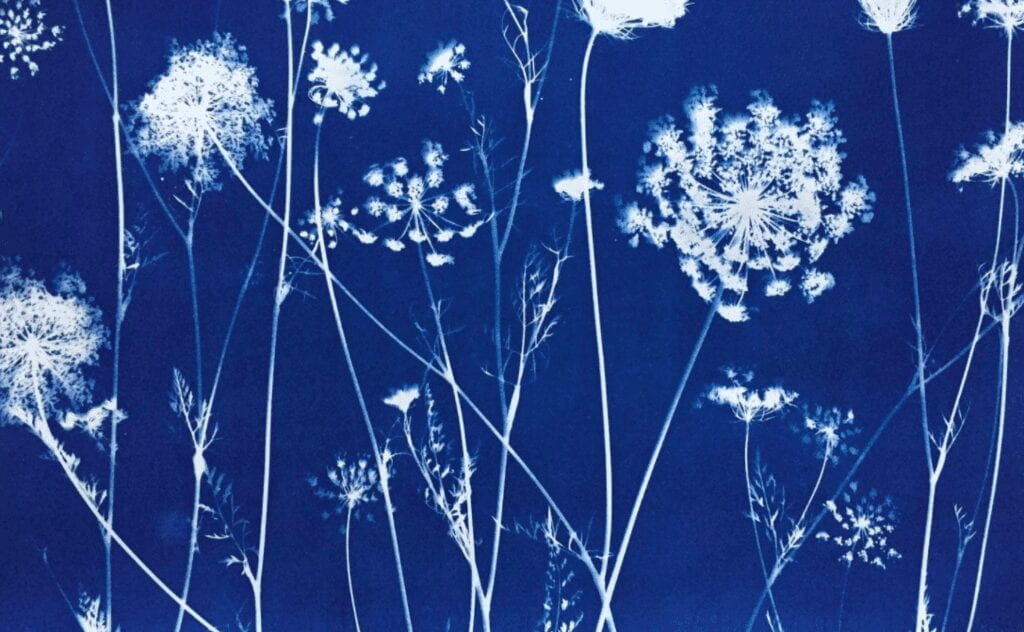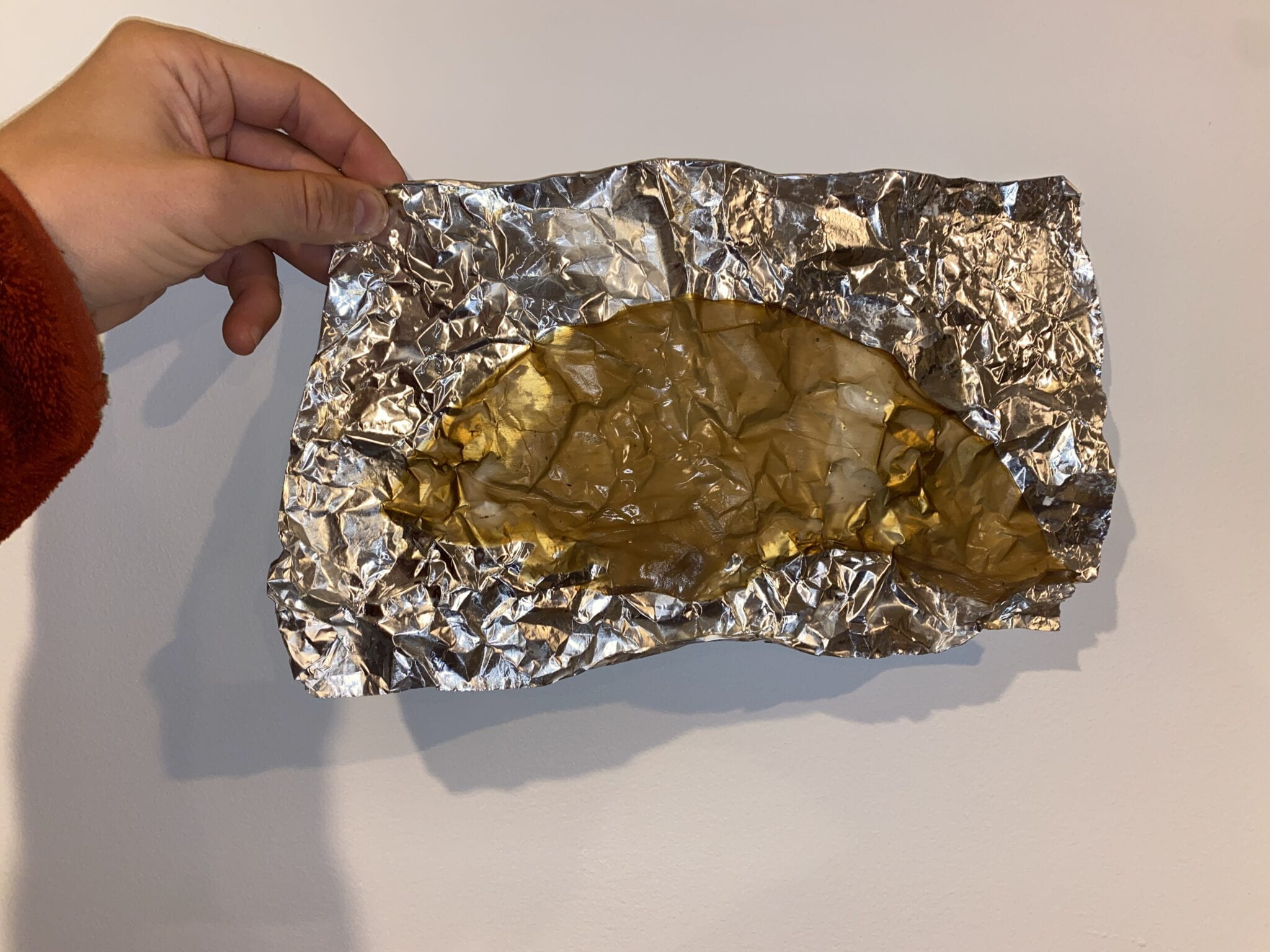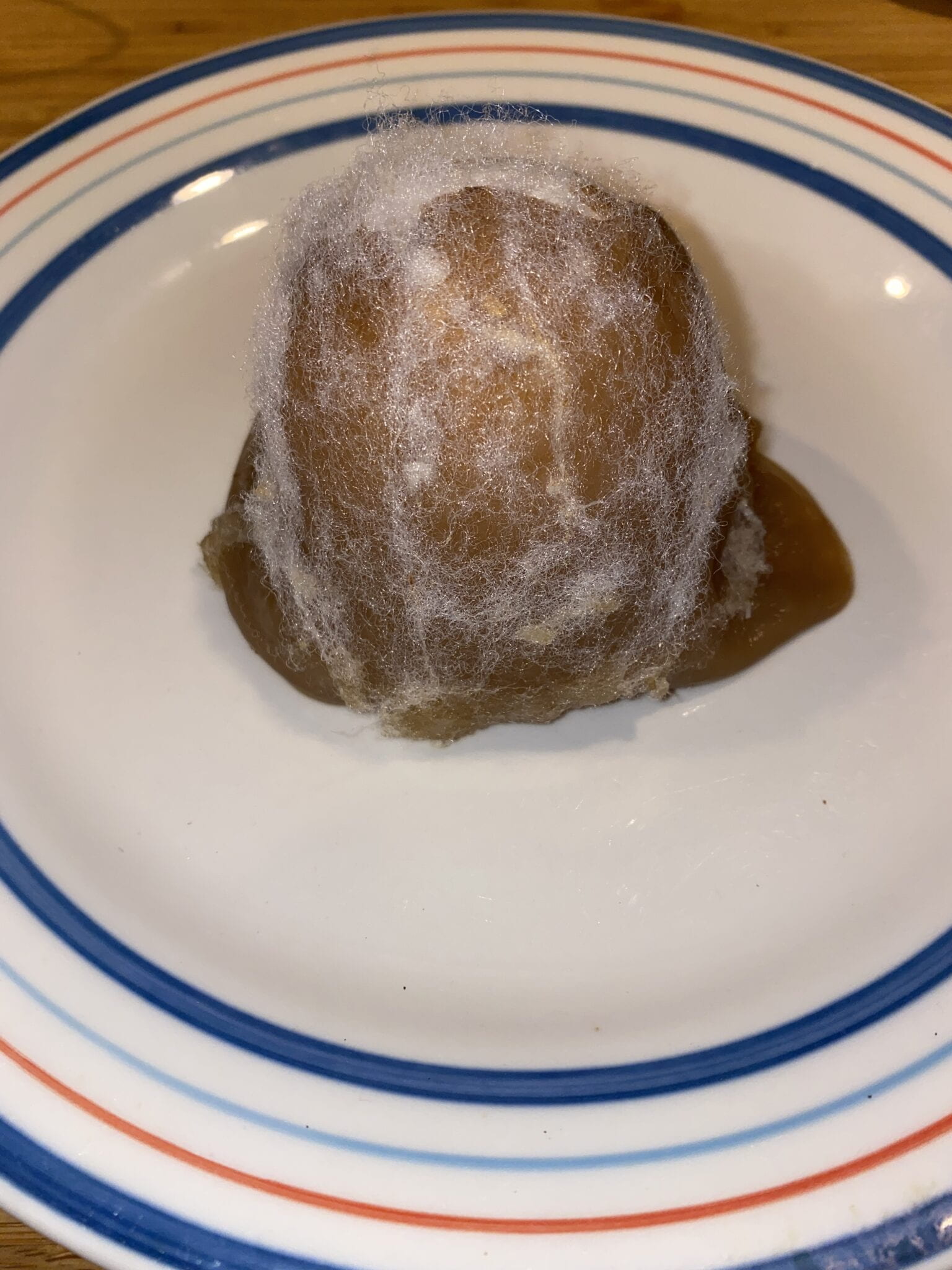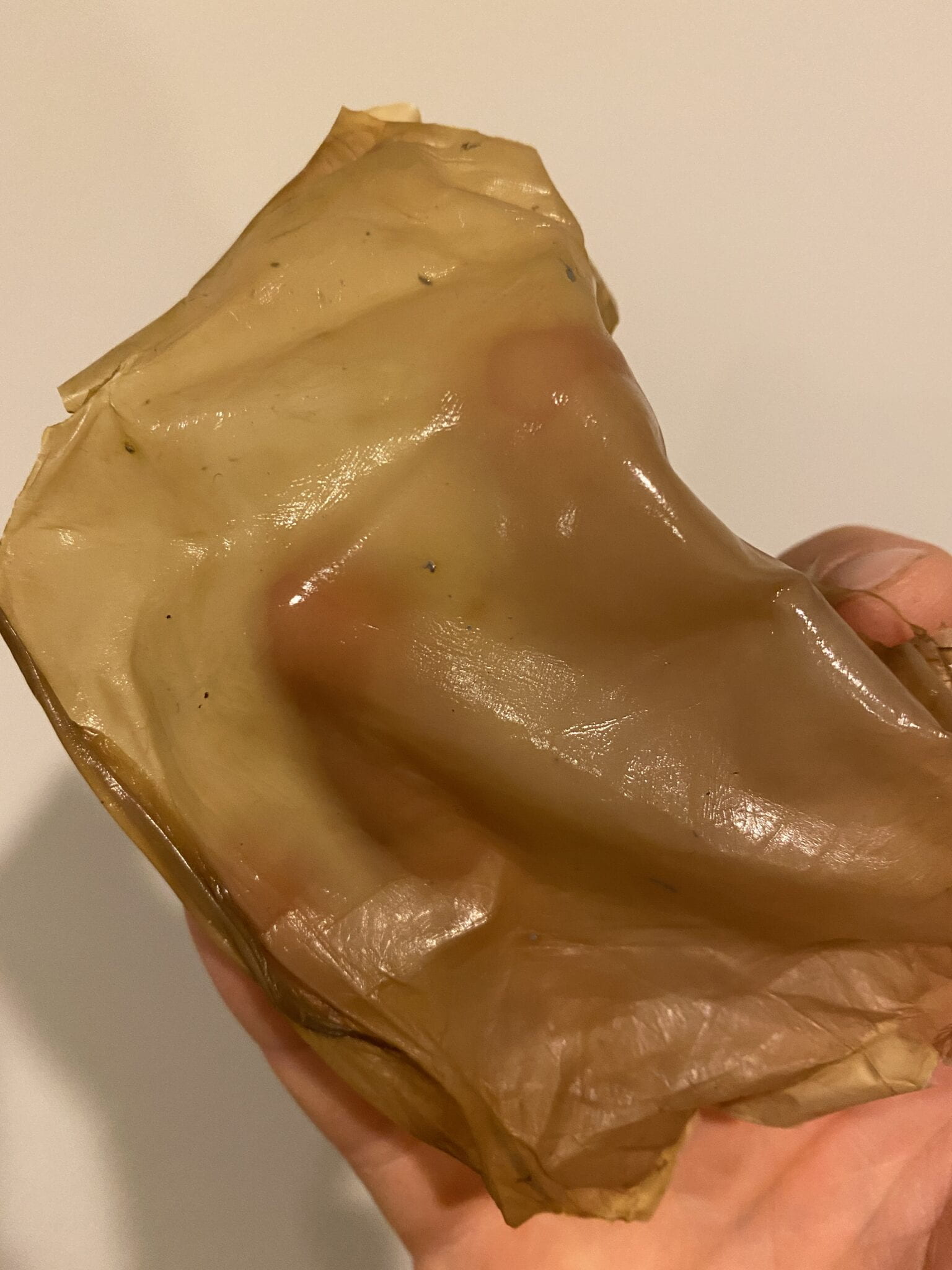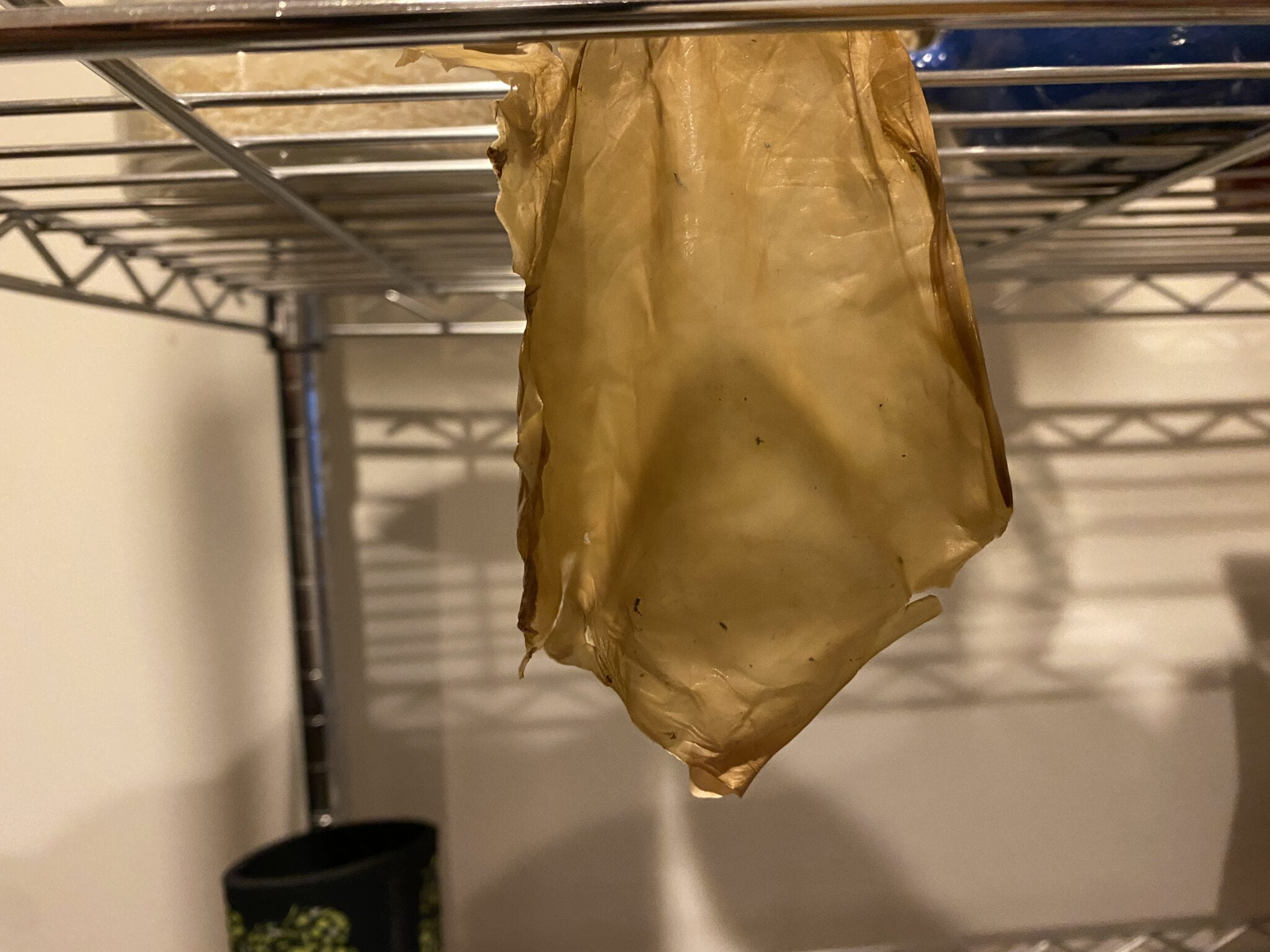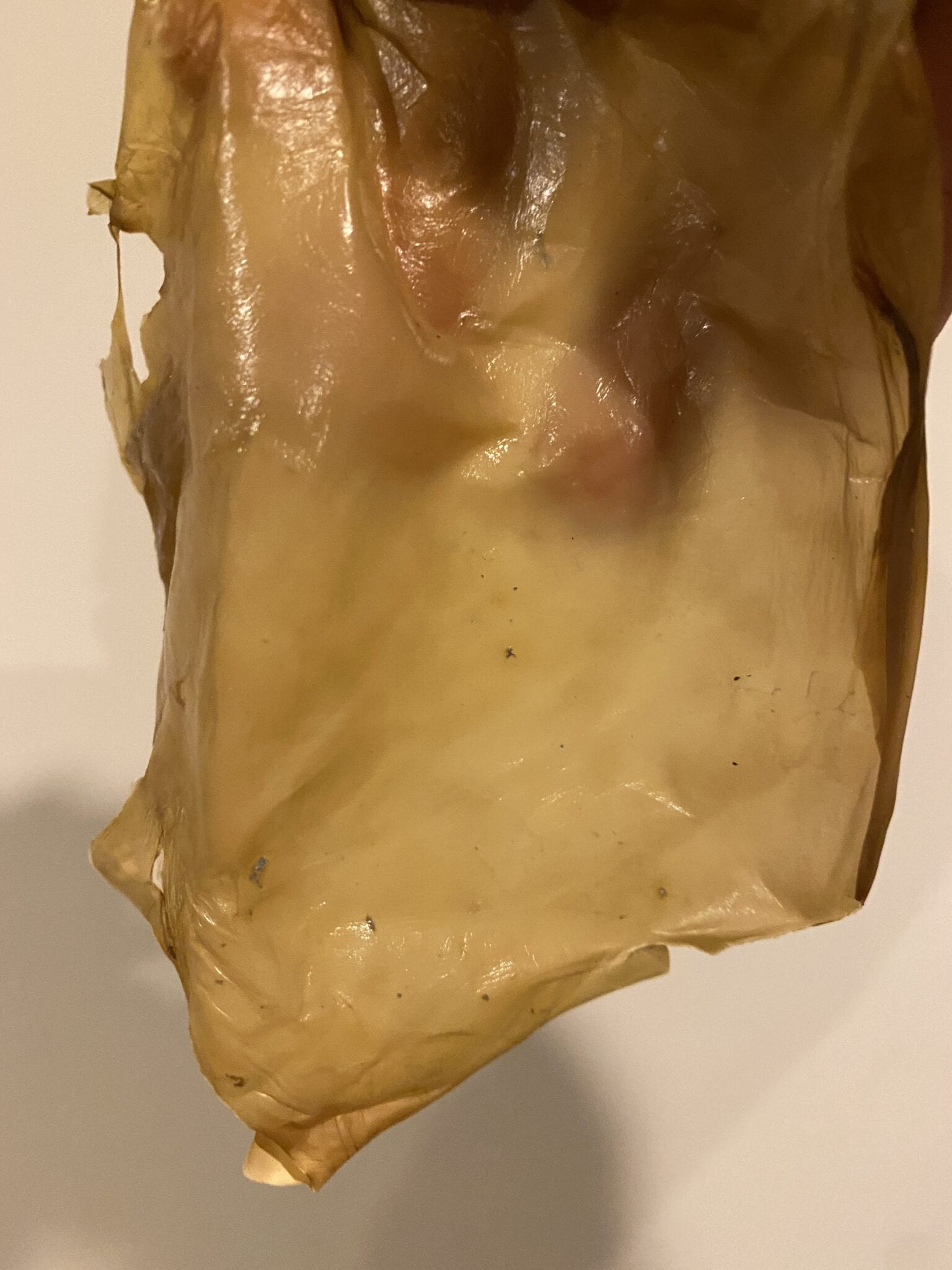Final Pitch
For the final project, Philip and I will collaborate on a piece exploring Bioplastic as a beautiful object. We want to keep the base plastic the same, but each sculpture will use different water sources like the ocean, Gowanus canal, or tap. The goal is to highlight particulates in each water sample.
We haven’t landed on the final shape; we are deciding between a frame and orb.
Experiments with Bioplastic:
I ended up making three different bio-plastics with different levels of success. To get started, I made the basic recipe of
9 tablespoons cornstarch = .5 cup + 1 tablespoon
36 tablespoons of water = 2.25 cups
Three tablespoons of vinegar
Three tablespoons of glycerin
I split this recipe into two pours, a Tupperware container and on a sheet. The molded piece dried fine, but as it hardened, it continued to separate and crack. The base is very soft, while the top is more rigid and flaking. I also thought it would be transparent, but it turned out to be a foggy white. The second pour was on a plate covered in plastic wrap. That was an absolute disaster. The bio-plastic stuck to the plastic wrap and tore apart when I tried removing it.
The second batch was with Agar.
Glycerine 2.7 grams
Water 40 ml
Agar 1.6 grams
This worked out well. The plastic was still too flexible for what I was looking for, but it was pretty transparent.
The final attempt was purely an experiment.
Glycerine 2.7 grams
Water 40 ml
Agar 1.6 grams
Shaved charcoal from a fire pit 5 grams
I love the texture/color/and flexibility of this plastic.

